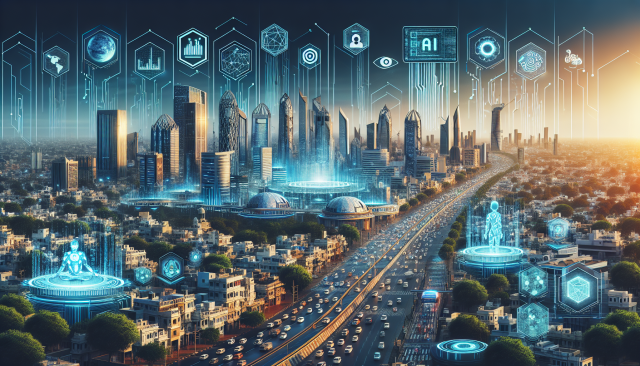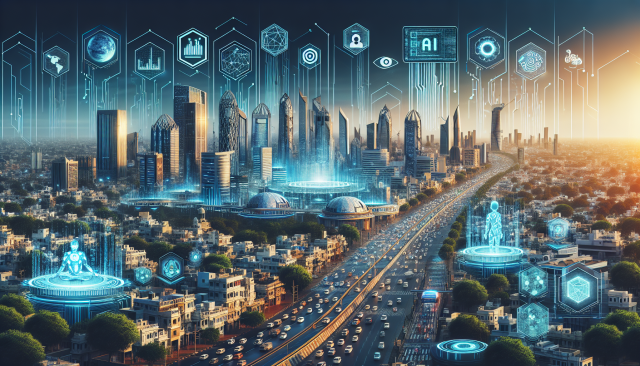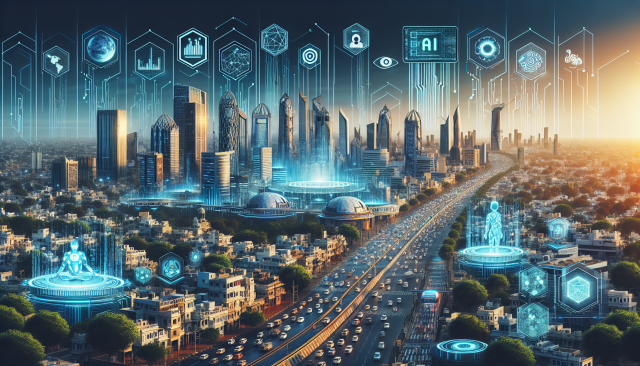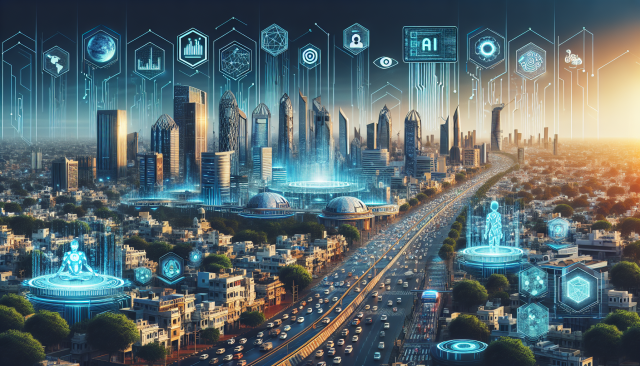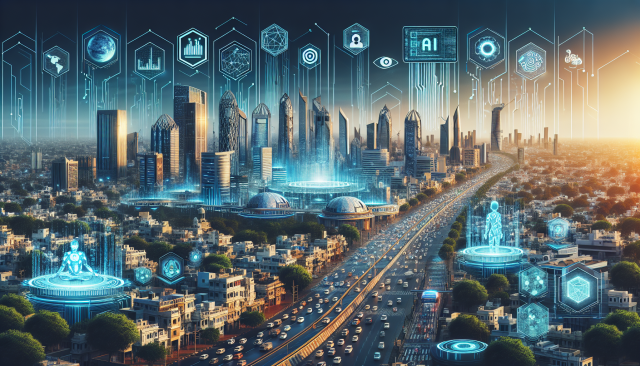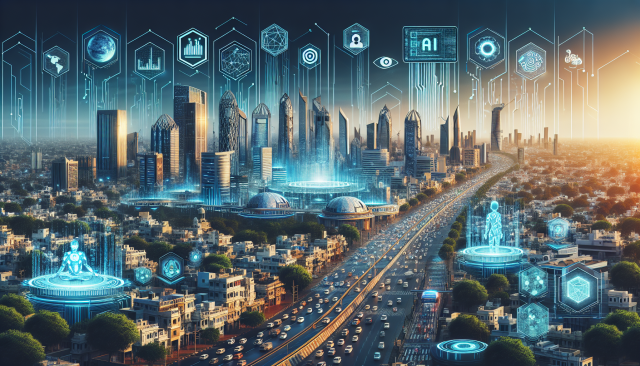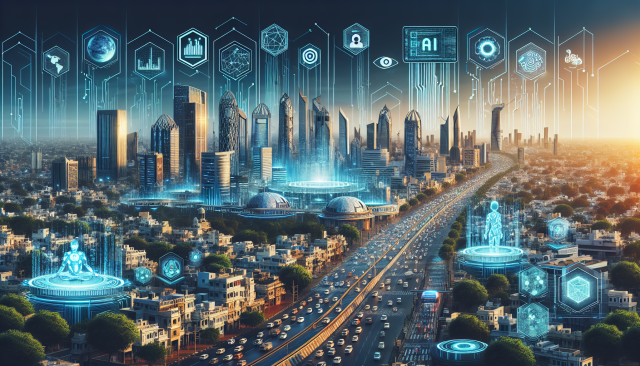The $2.2 Trillion Leap: How a Record Windfall Is Rewiring Work, Cities, and Opportunity
The $2.2 Trillion Leap: How a Record Windfall Is Rewiring Work, Cities, and Opportunity
In 2025 the world’s richest people added an unprecedented $2.2 trillion to their collective fortunes. That staggering sum did more than pad balance sheets: it accelerated the creation of everyday millionaires, redistributed consumption power, and signaled a fundamental shift in where the ultra-wealthy want to live. For the Work community—professionals, managers, founders, and policy makers—the consequences are profound. This is not just a story of wealth accumulation; it’s a story of talent flows, workplace strategy, urban economics, and the new geography of opportunity.
From headline wealth to everyday millionaires
When the richest see large gains, the effects ripple outward. New stock options, IPO windfalls, and private-market liquidity have turned startup engineers, early employees, and serial entrepreneurs into millionaires with a frequency unseen a decade ago. An expanding cohort of individuals now holds enough net worth to change their life choices: where to live, whether to start a company, what kind of benefits they demand, and how they value purpose versus pay.
That rise of everyday millionaires matters for employers. For many organizations, the new normal is not simply competing with local companies for talent but competing with a global marketplace where employees weigh salaried incomes against capital gains, remote-location freedom, and the ability to monetize side hustles. Compensation is evolving from a straightforward salary negotiation into a multi-dimensional calculus of equity, liquidity, flexibility, and lifestyle.
Where the wealthy choose to live — and why that matters for work
Wealth concentration does not only shape markets; it reshapes maps. The wealthy are increasingly selective about place. A few patterns are emerging:
- Quality of life over density: Many high-net-worth individuals are favoring smaller cities and amenity-rich suburbs that promise space, quality schools, and lower visible congestion while keeping cultural and professional ties alive.
- Climate and safety: Climate resilience and disaster risk are now a calculable part of residence decisions. Places perceived as safer from extreme weather, water stress, and other climate risks are becoming more attractive for long-term property investment.
- Flexible urban footprints: Rather than clustering around one mega-hub, the wealthy are spreading across networked nodes—secondary cities, coastal retreats, mountain towns—where they can maintain multiple homes and move seasonally.
- Privacy and community: Gated enclaves, private amenity districts, and bespoke services appeal to those who want community benefits without the friction of densely populated urban life.
What this means for work is twofold. First, employers must rethink where talent congregates: recruiting and retention strategies can no longer be simply ‘hire in San Francisco, New York, or London.’ Second, the infrastructure of work — coworking, satellite offices, client centers, and concierge services — will follow money into new places, creating localized labor markets centered on affluent demand.
Remote work, hybrid models, and the new office ecosystem
The surge of wealth and the preferences it brings dovetail with the long tail of remote and hybrid work. Employers that embrace flexibility and invest in distributed talent will tap into pools of people who can choose residence independent of traditional hubs. But that also raises new questions:
- Talent segmentation: Will affluent geographic patches lock up the most ambitious tech and creative talent? Areas that become wealthy magnets will attract services and premium employers, potentially deepening regional disparities.
- Office re-imagination: Offices will become nodes for connection rather than daily workplaces. Companies will test mini-hubs in amenity-rich towns, offering employees access to local networks while maintaining a core presence in major cities.
- Cost-of-living negotiation: Compensation packages will increasingly reflect localized cost-of-living but also personal liquidity. Employees with private-market gains will negotiate different trade-offs than those reliant solely on wage income.
Opportunity and inequality: a tighter lens on mobility
There is potential upside in a world where more people become millionaires: new entrepreneurs, new investors, and new patrons for the arts and civic projects. But gains concentrated at the top can also harden inequality without deliberate policy and civic leadership.
For workers who remain dependent on wages, rising local costs driven by affluent in-migration—especially housing, childcare, and services—can erode the benefits of higher local investment. In places where wealth flows in, wages might rise in certain sectors, but often the biggest surge is in property values and boutique services. That changes the calculus of affordability for teachers, nurses, and essential workers.
Public and private institutions need to think in tandem: how to enable the creation of wealth-generating opportunities while preserving affordability and social mobility. The challenge is to design ecosystems that let both capital owners and wage earners thrive.
New consumer economies and workplace benefits
Money begets markets. As fortunes grow, so does demand for differentiated goods and services: wellness ecosystems, bespoke finance, on-demand domestic help, and premium education. For employers, this trend creates two dynamics:
- Benefits competition: To attract talent who value time and experience, companies will innovate benefits beyond health insurance and 401(k)s: concierge services, lifelong learning stipends, and customized sabbatical policies may become table stakes for premium talent.
- Service-based local economies: As affluent neighborhoods expand, so do opportunities for entrepreneurs: local boutique consultancies, high-end remote-work hubs, premium childcare, and specialized health services will flourish. This generates jobs, but often in service sectors that require different training and offer varied wage prospects.
Politics, philanthropy, and civic investment
A concentration of wealth carries political clout. Philanthropy will likely grow more strategic: high-net-worth individuals are experimenting with impact-oriented investments, place-based philanthropy, and ventures that marry returns with social outcomes. For communities and employers, that creates openings for collaborations but also risks of fragmented civic priorities shaped by private interests.
Workplaces can be actors here: companies that partner with local governments and nonprofits to support workforce development, affordable housing, and transit can help stabilize the ecosystems they depend on. In a landscape where capital flows follow talent and vice versa, coordinated investment in the public realm becomes a strategic imperative.
What leaders, managers, and workers can do now
For those building teams, designing careers, or shaping policy, the $2.2 trillion headline is a call to action. Practical responses include:
- Rethink location strategies: Adopt a distributed talent strategy that recognizes secondary cities and amenity towns as prime recruiting grounds. Invest in local partnerships and micro-hubs to maintain culture without forcing daily commutes to a single central office.
- Design benefits for a new workforce: Offer support that acknowledges varied capital profiles—flexible equity liquidity programs, mental health and family support, remote-work stipends, and paid time for community engagement and learning.
- Invest in local talent pipelines: Support apprenticeships, mentorships, and affordable training in regions gaining wealthy residents so that job creation translates to upward mobility for long-time locals.
- Engage in civic planning: Work with cities and counties on zoning, transit, and housing policy to shape markets rather than merely react to them. Smart civic engagement can preserve diversity and prevent displacement.
- Build resilient workplaces: Prepare for climate-driven relocation preferences by setting up flexible office frameworks and contingency plans for where and how work gets done.
The long view — possibilities and responsibilities
Large aggregate gains at the top can create renewal: new businesses, philanthropic capital, and investments in human capital. The risk is that those gains harden into exclusive geographies—places of privilege that leave many behind. The alternative is a deliberate, collaborative approach where private capital and public purpose align.
For the Work community, the moment calls for imagination and civic-minded strategy. Employers that build inclusive place-based strategies, craft benefits that honor diverse financial realities, and invest in broad talent pipelines will not only win the competition for scarce skills—they will help shape the kind of economy people want to work in. The rise of everyday millionaires need not be a story of separation; it can be a catalyst for renewed investment in the ecosystems that sustain work, life, and possibility.

















